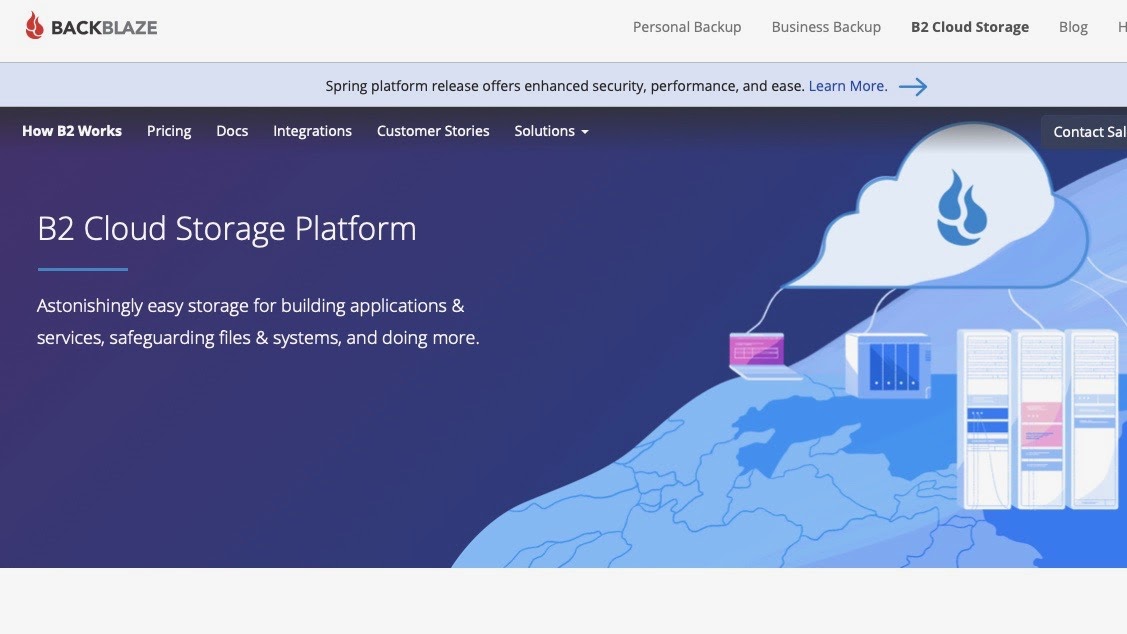
Not installing"Įcho "Backblaze not installed. If thenĮcho "Backblaze already installed. If you are concerned with the security of your Backblaze account with this method, you can remove the $login and $password portions of the installation and sign in to Backblaze manually, or let your end-user sign in for themselves. Any users with access to your Custom Software items will be able to see this text. Note: This method stores your Backblaze password in plain text within Addigy. usr/sbin/diskutil unmount "/Volumes/Backblaze Installer" "/Volumes/Backblaze Installer/Backblaze Installer.app/Contents/MacOS/bzinstall_mate" -nogui bzdiy -signin "$" usr/bin/hdiutil attach -nobrowse "/Library/Addigy/ansible/packages/Backblaze (5.0.0)/install_backblaze.dmg" # The Backblaze email associated with your The password associated with your account The Installation script will look like this:
Backblaze installer download install#
The condition and install scripts are mandatory for this item to function properly on a policy level. Now, there are three scripts which we can add to this installation: condition, install, and removal. But for now, it should look something like this:

We'll go over the necessary scripts in a moment. You can learn more about creating a basic Custom Software item in our article Creating Custom Software. The best way to install Backblaze is by creating a Custom Software item with your organization's Backblaze settings included.


The first step of successfully using Backblaze and Addigy together is getting a solid installation. Backblaze provides a fantastic set of command-line utilities which make it ideal for deploying and managing through Addigy.


 0 kommentar(er)
0 kommentar(er)
